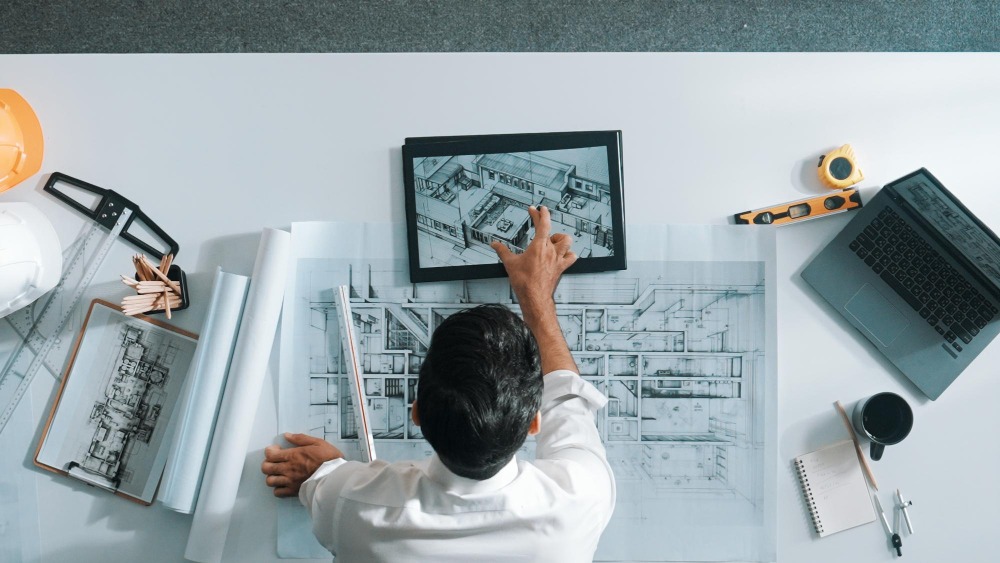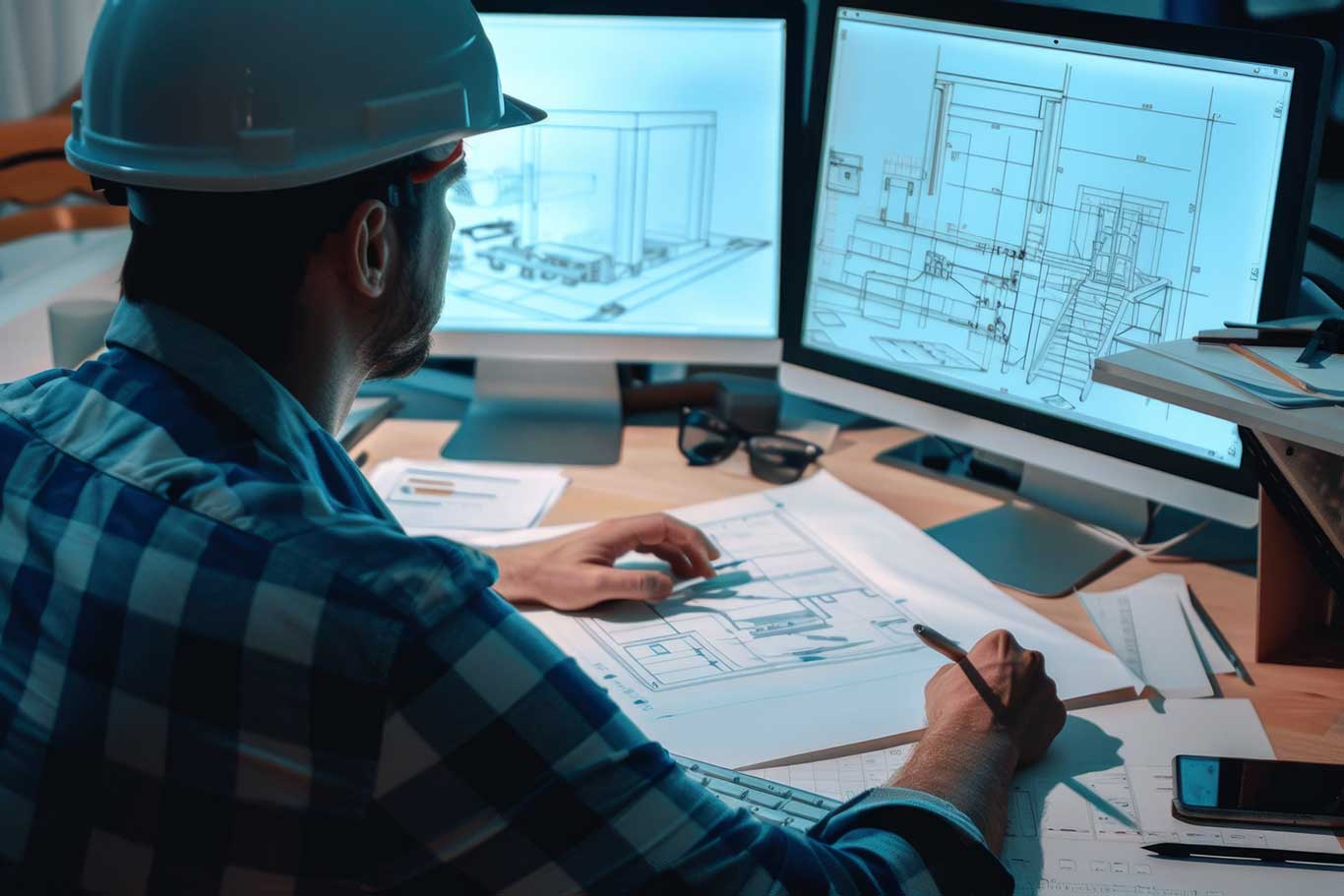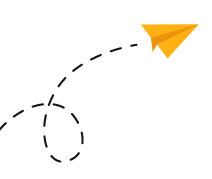
Build a Rewarding Structural Designer
- 01. Aug, 2025

Build a Rewarding Structural Design
- 24. Jul, 2025

A Complete Guide of Advanced
- 20. Jul, 2025




Structural design is the backbone of civil engineering. It’s the science and art of planning, analyzing, and designing structures that can safely support loads while withstanding time, usage, and environmental factors.
Whether it’s a residential house, a skyscraper, or a suspension bridge — structural design ensures stability, safety, and durability.
As cities grow and climate threats increase, structural design is no longer just about functionality — it’s about future-proofing. Engineers must design for:
It’s the invisible force behind safer, smarter, and more sustainable living.
Advanced tools are a critical part of every structural engineer’s workflow. These three industry leaders define the digital backbone of modern design:
Best for: Steel structures, multi-material design, and global code compliance
STAAD Pro by Bentley Systems is widely used for analyzing and designing buildings, bridges, towers, and industrial structures. It supports complex 3D modeling and complies with more than 90 international codes.
Key Features:
Best for: High-rise buildings and dynamic analysis
ETABS by CSI is tailored specifically for building structures, offering intuitive modeling, efficient analysis, and real-time feedback during the design process.
Key Features:
Best for: Foundation systems and concrete slab design
SAFE, also from CSI, focuses on floor slabs, mat foundations, and post-tensioned systems. It’s perfect for large podiums, basements, and floor systems in multi-story projects.
Key Features:
A professional workflow often looks like this:
This software trio offers complete coverage for any structure — from the top of the tower to the bottom of the basement.
Today’s structural engineers are also environmental stewards. Their decisions directly impact carbon emissions, energy use, and long-term environmental health.
Key sustainable practices include:
If you’re looking to enter this dynamic field, here’s how to start:





